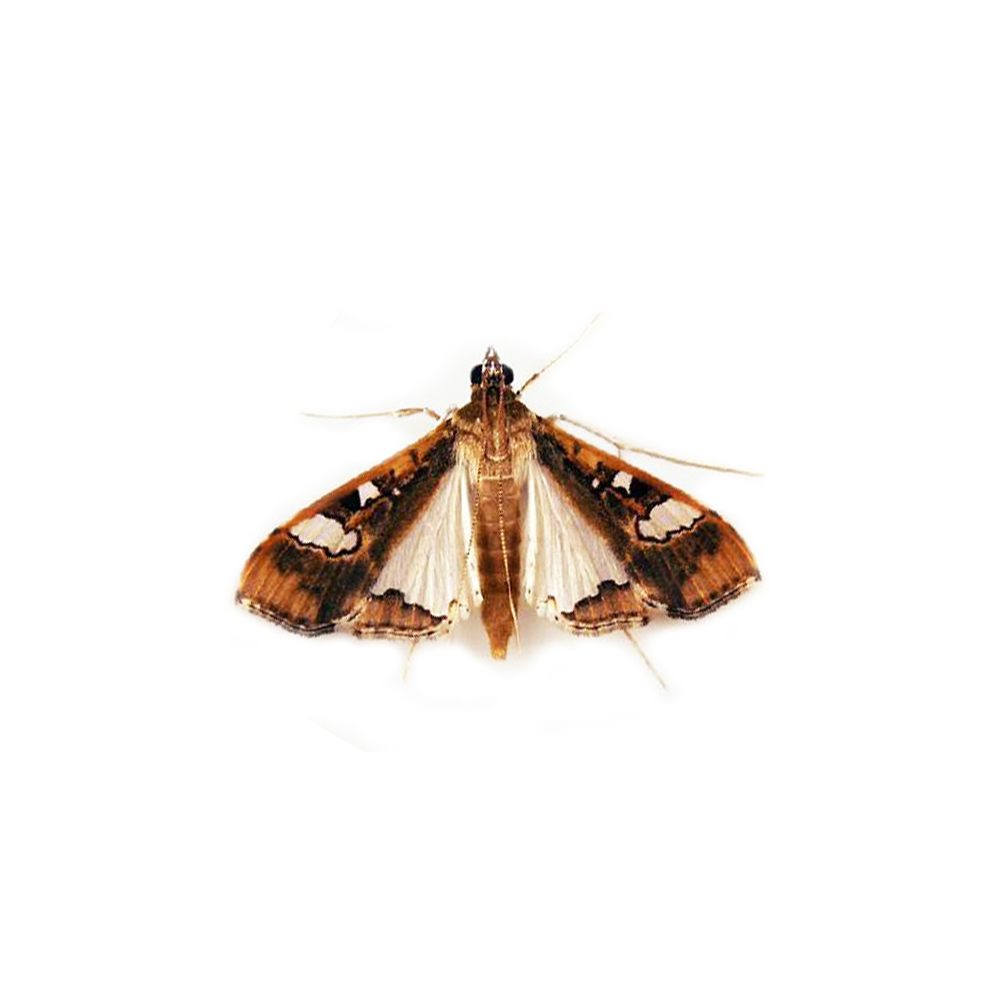


| Latin Name | Maruca vitrata |
| Common Name | Bean pod borer |
| Biology | Adults are nocturnal, exhibiting phototaxis, and lay eggs on flower buds, petals, or young leaves of Fabaceae plants. Larvae bore into flower buds and pods, causing flower drop and pod damage with seed consumption, severely impacting legume yield and quality. This species thrives in warm, humid regions, completing multiple generations annually. |
| Damage | Primary hosts include cowpea, common bean, hyacinth bean, and soybean. |
| Distribution Regions | Tropical regions |
| Monitoring | Pheromone lures mimic natural sex pheromones to attract male insects into specialized traps for population monitoring and suppression. As a core IPM component, monitoring enables early risk detection and targeted control. Mass trapping reduces mating opportunities to curb offspring populations. Protocols: ●Use only with matched traps. ●15-45 traps/hectare,replace/replenish every 4-6 weeks. ●Wear gloves or wash hands with detergent when switching lure types. ●Refer to trap-specific hanging instructions. |
| Recommended Traps | Delta Trap, Wing Trap |

Partagez vos coordonnées pour recevoir des solutions à phéromones adaptées avec précision. Si notre portefeuille existant ne propose pas la solution optimale, notre équipe de chimie de synthèse lancera un développement sur mesure – de la conception de la structure moléculaire à la production à grande échelle.